midsummer travels
A couple of days ago I got back from my annual bicycle journey up to the Avebury area to celebrate the summer solstice.

Me with saz and heavily-laden bike, about to set off from Oblique House. Just above the wall at the end of the street (where the big trees are) you can see Exeter's city wall and part of the Rougemont Castle, on the site of an ancient Gorsedd (druidic place of assembly).
My journey took me up over the Blackdown Hills to Glastonbury (the town, rather than the festival - although many people seeing me on my bike assumed I was going to the latter). I stopped off to play some saz inside the trunk of ancient yew tree in the churchyard at Creech St. Michael and atop Burrow Mump, both claimed to be on the 'Michael-Mary Line'.
After arriving in Glastonbury, climbing the Tor (and playing some more saz up there), visiting the nearby pair of ancient oak trees known as Gog and Magog and filling my water bottles at the Chalice Well spring, I cycled out of town to Stevie P's birthday gathering near Baltonsborough. I was pretty exhausted by this point, but very happy to be outdoors on such a warm summer evening in the company of Stevie and co. - various former members of 'Heathens All', Maya and Daygan from Dragonsfly, Mandy and Sam from 'Green Angels', etc. We didn't actually play any music, but Stevie selected some excellent Latin sounds, bebop, soul, funk etc. for the occasion. There was some very nice food, mead, the throwing of frisbees and general Avalonian silliness.
I woke up early, have slept outside (perfect summer weather, no need for a tent), and carried on up towards Avebury, only stopping to boil a kettle and make tea below the Westbury White Horse. I arrived in Alton Barnes early that evening, coming in along the Kennet and Avon Canal towpath. After a quick glass of cider at The Barge Inn (the established meeting place for crop circle enthusiasts), I went to visit the twin churches of St. Mary's, Alton Barnes (with a very nice yew tree in the churchyard) and All Saints, Alton Priors (with a spectacular 1700 year old yew tree and a sarsen stone under a trapdoor in the church floor). I sat inside the hollow treetrunk and played my heart out on the saz for what felt like ages.
After cycling up to Knapp Hill and playing some more music up there, I continued on up to Adam's Grave to watch the sunset, and then set off on a moonlit walk along the Wansdyke to Milk Hill. That night I slept under a wonderful, knarled hawthorn tree near Knapp Hill, to be awoken by bird song.

Adam's Grave - image from http://www.megalithia.com/sites/su113634.html
After a quick cup of tea, some more music and a bit of yoga atop Knapp Hill, I cycled down into Avebury, and spent the day exploring the stones, as well as less obvious features of the wider landscape. I encountered a few old friends, played a lot of saz, and headed up to Windmill Hill shortly before sunset.
My old friend Andy Bard was up there on one of the barrows. I met Andy ten years ago during the Newbury road protest campaign. Shortly after that he got together a most excellent funky/medaevil acoustic festival band called 'Jabberwocky', and then got a second Ph.D. (the first was in mathematical ecology, the second on bardism). Currently he's Oxford-based, finishing up a book on 'the cultural history of magic mushrooms', to be published by Faber next May. That evening we sat 'round a little fire having a bit of a jam with his friend Jim (another Newbury veteran) playing low whistle, and then talked through the details of my 1996 encounter with Terence McKenna regarding his 'Timewave' theory - something quite relevant to Andy's forthcoming book.
There was a lovely group of seven of us up on a barrow on Windmill Hill to witness the solstice sunrise - a monumentally beautiful sunrise, which was quite a treat after some recent grey, drizzly years. There was a thick blanket of mist below us, covering Avebury, and as the sun came up over the horizon, a thin mist started to waft up over the hill, dispersing the sun's rays to create a sort of pool of golden light. Meanwhile, we were being serenaded by a celestial choir of skylarks, singing with a volume and mass-harmonic intensity surpassing anything I have ever heard before. The risen sun then started to burn off the mist, but in the most extraordinarily non-homogeneous way - creating great 'mountains' and pillars of vapour - my old friend Dave Prentice, who arrived just in time for the sunrise, described it as a 'cloud factory'.
I met Dave on Silbury Hill exactly ten years previously. He plays some percussion and produces an eclectic array of dance music under the name 'Nusphere'. He's even done a kind of drum'n'bass-inspired remix of my saz playing:
Listen Here
Dave once brought his minidisc recorder with him, in 1999, when we were also treated to a fantastic sunrise from atop Silbury, in the company of numerous musician friends (I'd come up from West Cornwall with Inge, Joel and Stef that year). I've just half an hour of excerpts from those recordings to the IAA:
Listen Here
Back to 2005...After sleeping into the afternoon, I headed back into Avebury, and was greeted by Pok from the back of a van parked across the road as I was proceeding up the West Kennet Avenue. He grabbed his mandola, and we strode up nearby Waden Hill to have a rough, but super-intense jam with an Italian friend of his who had suddenly appeared from behind a hedge at the base of the hill. Up there, you can look down on the top of Silbury Hill, the place I met Pok and some other aspects of the Spacegoats entourage exactly twelve years ago that day (a morning which changed my life almost beyond recognition). The rest of the day was spent further exploring the Avebury landscape, playing my saz in various idyllic locations, and again sleeping up on Windmill Hill.
Last year I found myself wondering what drew me to these places, and why I felt the need to visit them and play freeform, meandering saz music. After years of visiting what are commonly known as 'sacred sites', I am less clear than ever about their 'meaning' or 'sacredness', but still find myself drawn to megalithic monuments, holy wells, earthworks, and ancient yew groves. I have encountered numerous theories about them, which I've absorbed, but never entirely committed myself to. It occured to me that playing improvised music was acting for me as a form of prayer. I'm fascinated by the phenomenon of prayer, but having grown up in this strangest of historical periods, I find myself floating without any clear belief systems (despite having a head full of information about and impressions of various religious forms, belief systems, mysticism, shamanism, etc.). The idea of prayer attracts me, and I'm almost certain that there's something in it...but I have no deity or deities to pray to, nor a vocabularly with which to pray. But music spontaneously flowing from my nervous system, while in a state of receptiveness and humility, feels like it is coming from the same place from which true prayer comes. It involves a centering of myself, and an aspiration to bridge the gap between the material and the immaterial. It comes from that place in myself about which I have no doubt.
The next morning, I continued my journey up the old Ridgeway to Wayland’s Smithy and Uffington. After an extended saz session atop Dragon Hill in rather intense heat, I walked back to sleep under a beech tree next to Wayland's Smithy. Waiting for my little kettle to boil on a tiny fire of twigs, for a last cup of tea, I decided to play a few more minutes, and a simple little tune emerged out of nowhere. Since getting home I've recorded a rough sketch (with Vicky playing harmonium), and decided to call it "Uffington Riddle'" since the whole chunk of land from Uffington Castle (with White Horse) down to Dragon Hill and the enormous, undulating coombe below, struck me as some kind of puzzle or enigma, the solution to which lay just beyond my grasp.

image from http://freespace.virgin.net/ancient.ways/uffingto.htm
Listen Here
Just before I left Exeter, Vicky and I had finished reading Bruce Chatwin's book The Songlines. His descriptions of the Australian Aboriginal cultural infrastructure, involving 'dreaming tracks' or 'songlines' gave me quite a lot to think about during my travels along some of the most ancient tracks in Britain. Chatwin suggests that a similar system of 'songlines' would have been in place everywhere at one time, but that it managed to survive in Australia until the European invasion due to geographical isolation. I found myself wondering what possible pre-neolithic 'dreaming' stories and songs would have had to say about the Uffington landscape, and whether the strange, searching music emerging from my fingers there might have anything to do with these old songs (if they ever existed).
Last summer solstice (2004), after an extraordinary walk on Fyfield Down with Vicky, we got back to Exeter and a similarly simple tune similarly emerged from nowhere. I called it 'Pisci Cuspus' in honour of Vicky's classic misremembering of the term 'Vesica Piscis' during our walk. I made that one up on my balalaika, and similarly recorded a quick sketch so I wouldn't forget the tune.
Listen Here
I imagine these two little tunes will get developed into something a bit more substantial one day.
I've been doing this trip for the last fourteen years, and despite my obsessive tendency towards recording spontaneous music, have generally refrained from attempting it in this setting. This year I did actually take an old minidisc recorder with me, but felt quite relieved when it completely refused to work. Sometimes it's best to just let the music go, as a gift to the Universe, and a lesson in non-attachment. And fumbling about by a campfire with microphones, discs and batteries is one of the easiest ways to kill a delicate musical vibe.
In 1994 I did capture some interesting stuff on a handheld tape recorder, including Pok and Melski reading from A Midsummer Night's Dream in West Kennet Long Barrow on solstice eve, and a naming ceremony in the stones for Rosie's baby May Brigit, with much of the Dongas Tribe, as it was then, present singing, dancing and playing mandolins, penniwhistles and drums. I think that tape is in a box somewhere in Belgium, and there's even a chance I might recover it one day...

May Brigit's naming ceremony, Avebury stone circle
Since getting back to Exeter, I've been trying to track down online recordings of skylarks, since their singing impressed me so much during my time on the Wiltshire Downs. I have heard some suggestion that if you slow down their song by some factor or other it somehow resembles the works of certain classical composers. To my ears, it sounds like John Coltrane playing at 8x speed in a higher-dimensional space. A couple of years ago, Dave Prentice and I found some MP3's of skylark song and spent an afternoon experimenting with loops, etc.. I've no idea where those files ended up. I've only managed to find one five-second WAV sample (here) and a minute or so in Real Audio format here. I could listen to hours of this stuff. It's particularly interesting to hear several larks singing simultaneously. Up on that barrow on Windmill Hill, I had the distinct impression that I was listening to one thing, not a jumble of competing songs (rather like the sonic equivalent of the way flocks of birds fly with incredibly well-coordinated precision). I suppose I shall have to record some myself. For now, I've converted that minute of RA format skylark song into MP3 format, for your listening pleasure:
Listen Here

Me with saz and heavily-laden bike, about to set off from Oblique House. Just above the wall at the end of the street (where the big trees are) you can see Exeter's city wall and part of the Rougemont Castle, on the site of an ancient Gorsedd (druidic place of assembly).
My journey took me up over the Blackdown Hills to Glastonbury (the town, rather than the festival - although many people seeing me on my bike assumed I was going to the latter). I stopped off to play some saz inside the trunk of ancient yew tree in the churchyard at Creech St. Michael and atop Burrow Mump, both claimed to be on the 'Michael-Mary Line'.
After arriving in Glastonbury, climbing the Tor (and playing some more saz up there), visiting the nearby pair of ancient oak trees known as Gog and Magog and filling my water bottles at the Chalice Well spring, I cycled out of town to Stevie P's birthday gathering near Baltonsborough. I was pretty exhausted by this point, but very happy to be outdoors on such a warm summer evening in the company of Stevie and co. - various former members of 'Heathens All', Maya and Daygan from Dragonsfly, Mandy and Sam from 'Green Angels', etc. We didn't actually play any music, but Stevie selected some excellent Latin sounds, bebop, soul, funk etc. for the occasion. There was some very nice food, mead, the throwing of frisbees and general Avalonian silliness.
I woke up early, have slept outside (perfect summer weather, no need for a tent), and carried on up towards Avebury, only stopping to boil a kettle and make tea below the Westbury White Horse. I arrived in Alton Barnes early that evening, coming in along the Kennet and Avon Canal towpath. After a quick glass of cider at The Barge Inn (the established meeting place for crop circle enthusiasts), I went to visit the twin churches of St. Mary's, Alton Barnes (with a very nice yew tree in the churchyard) and All Saints, Alton Priors (with a spectacular 1700 year old yew tree and a sarsen stone under a trapdoor in the church floor). I sat inside the hollow treetrunk and played my heart out on the saz for what felt like ages.
After cycling up to Knapp Hill and playing some more music up there, I continued on up to Adam's Grave to watch the sunset, and then set off on a moonlit walk along the Wansdyke to Milk Hill. That night I slept under a wonderful, knarled hawthorn tree near Knapp Hill, to be awoken by bird song.

Adam's Grave - image from http://www.megalithia.com/sites/su113634.html
After a quick cup of tea, some more music and a bit of yoga atop Knapp Hill, I cycled down into Avebury, and spent the day exploring the stones, as well as less obvious features of the wider landscape. I encountered a few old friends, played a lot of saz, and headed up to Windmill Hill shortly before sunset.
My old friend Andy Bard was up there on one of the barrows. I met Andy ten years ago during the Newbury road protest campaign. Shortly after that he got together a most excellent funky/medaevil acoustic festival band called 'Jabberwocky', and then got a second Ph.D. (the first was in mathematical ecology, the second on bardism). Currently he's Oxford-based, finishing up a book on 'the cultural history of magic mushrooms', to be published by Faber next May. That evening we sat 'round a little fire having a bit of a jam with his friend Jim (another Newbury veteran) playing low whistle, and then talked through the details of my 1996 encounter with Terence McKenna regarding his 'Timewave' theory - something quite relevant to Andy's forthcoming book.
There was a lovely group of seven of us up on a barrow on Windmill Hill to witness the solstice sunrise - a monumentally beautiful sunrise, which was quite a treat after some recent grey, drizzly years. There was a thick blanket of mist below us, covering Avebury, and as the sun came up over the horizon, a thin mist started to waft up over the hill, dispersing the sun's rays to create a sort of pool of golden light. Meanwhile, we were being serenaded by a celestial choir of skylarks, singing with a volume and mass-harmonic intensity surpassing anything I have ever heard before. The risen sun then started to burn off the mist, but in the most extraordinarily non-homogeneous way - creating great 'mountains' and pillars of vapour - my old friend Dave Prentice, who arrived just in time for the sunrise, described it as a 'cloud factory'.
I met Dave on Silbury Hill exactly ten years previously. He plays some percussion and produces an eclectic array of dance music under the name 'Nusphere'. He's even done a kind of drum'n'bass-inspired remix of my saz playing:
Dave once brought his minidisc recorder with him, in 1999, when we were also treated to a fantastic sunrise from atop Silbury, in the company of numerous musician friends (I'd come up from West Cornwall with Inge, Joel and Stef that year). I've just half an hour of excerpts from those recordings to the IAA:
Back to 2005...After sleeping into the afternoon, I headed back into Avebury, and was greeted by Pok from the back of a van parked across the road as I was proceeding up the West Kennet Avenue. He grabbed his mandola, and we strode up nearby Waden Hill to have a rough, but super-intense jam with an Italian friend of his who had suddenly appeared from behind a hedge at the base of the hill. Up there, you can look down on the top of Silbury Hill, the place I met Pok and some other aspects of the Spacegoats entourage exactly twelve years ago that day (a morning which changed my life almost beyond recognition). The rest of the day was spent further exploring the Avebury landscape, playing my saz in various idyllic locations, and again sleeping up on Windmill Hill.
Last year I found myself wondering what drew me to these places, and why I felt the need to visit them and play freeform, meandering saz music. After years of visiting what are commonly known as 'sacred sites', I am less clear than ever about their 'meaning' or 'sacredness', but still find myself drawn to megalithic monuments, holy wells, earthworks, and ancient yew groves. I have encountered numerous theories about them, which I've absorbed, but never entirely committed myself to. It occured to me that playing improvised music was acting for me as a form of prayer. I'm fascinated by the phenomenon of prayer, but having grown up in this strangest of historical periods, I find myself floating without any clear belief systems (despite having a head full of information about and impressions of various religious forms, belief systems, mysticism, shamanism, etc.). The idea of prayer attracts me, and I'm almost certain that there's something in it...but I have no deity or deities to pray to, nor a vocabularly with which to pray. But music spontaneously flowing from my nervous system, while in a state of receptiveness and humility, feels like it is coming from the same place from which true prayer comes. It involves a centering of myself, and an aspiration to bridge the gap between the material and the immaterial. It comes from that place in myself about which I have no doubt.
The next morning, I continued my journey up the old Ridgeway to Wayland’s Smithy and Uffington. After an extended saz session atop Dragon Hill in rather intense heat, I walked back to sleep under a beech tree next to Wayland's Smithy. Waiting for my little kettle to boil on a tiny fire of twigs, for a last cup of tea, I decided to play a few more minutes, and a simple little tune emerged out of nowhere. Since getting home I've recorded a rough sketch (with Vicky playing harmonium), and decided to call it "Uffington Riddle'" since the whole chunk of land from Uffington Castle (with White Horse) down to Dragon Hill and the enormous, undulating coombe below, struck me as some kind of puzzle or enigma, the solution to which lay just beyond my grasp.

image from http://freespace.virgin.net/ancient.ways/uffingto.htm
Just before I left Exeter, Vicky and I had finished reading Bruce Chatwin's book The Songlines. His descriptions of the Australian Aboriginal cultural infrastructure, involving 'dreaming tracks' or 'songlines' gave me quite a lot to think about during my travels along some of the most ancient tracks in Britain. Chatwin suggests that a similar system of 'songlines' would have been in place everywhere at one time, but that it managed to survive in Australia until the European invasion due to geographical isolation. I found myself wondering what possible pre-neolithic 'dreaming' stories and songs would have had to say about the Uffington landscape, and whether the strange, searching music emerging from my fingers there might have anything to do with these old songs (if they ever existed).
Last summer solstice (2004), after an extraordinary walk on Fyfield Down with Vicky, we got back to Exeter and a similarly simple tune similarly emerged from nowhere. I called it 'Pisci Cuspus' in honour of Vicky's classic misremembering of the term 'Vesica Piscis' during our walk. I made that one up on my balalaika, and similarly recorded a quick sketch so I wouldn't forget the tune.
I imagine these two little tunes will get developed into something a bit more substantial one day.
I've been doing this trip for the last fourteen years, and despite my obsessive tendency towards recording spontaneous music, have generally refrained from attempting it in this setting. This year I did actually take an old minidisc recorder with me, but felt quite relieved when it completely refused to work. Sometimes it's best to just let the music go, as a gift to the Universe, and a lesson in non-attachment. And fumbling about by a campfire with microphones, discs and batteries is one of the easiest ways to kill a delicate musical vibe.
In 1994 I did capture some interesting stuff on a handheld tape recorder, including Pok and Melski reading from A Midsummer Night's Dream in West Kennet Long Barrow on solstice eve, and a naming ceremony in the stones for Rosie's baby May Brigit, with much of the Dongas Tribe, as it was then, present singing, dancing and playing mandolins, penniwhistles and drums. I think that tape is in a box somewhere in Belgium, and there's even a chance I might recover it one day...

May Brigit's naming ceremony, Avebury stone circle
Since getting back to Exeter, I've been trying to track down online recordings of skylarks, since their singing impressed me so much during my time on the Wiltshire Downs. I have heard some suggestion that if you slow down their song by some factor or other it somehow resembles the works of certain classical composers. To my ears, it sounds like John Coltrane playing at 8x speed in a higher-dimensional space. A couple of years ago, Dave Prentice and I found some MP3's of skylark song and spent an afternoon experimenting with loops, etc.. I've no idea where those files ended up. I've only managed to find one five-second WAV sample (here) and a minute or so in Real Audio format here. I could listen to hours of this stuff. It's particularly interesting to hear several larks singing simultaneously. Up on that barrow on Windmill Hill, I had the distinct impression that I was listening to one thing, not a jumble of competing songs (rather like the sonic equivalent of the way flocks of birds fly with incredibly well-coordinated precision). I suppose I shall have to record some myself. For now, I've converted that minute of RA format skylark song into MP3 format, for your listening pleasure:
















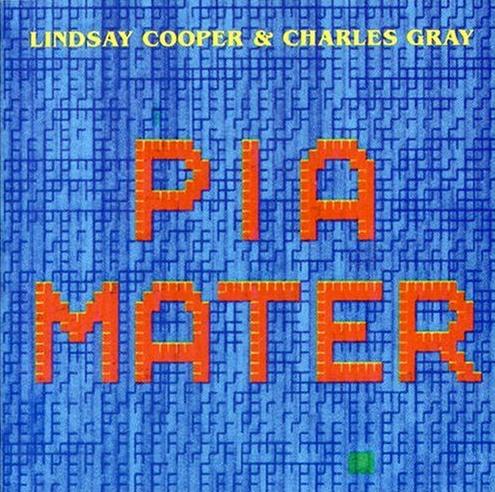




































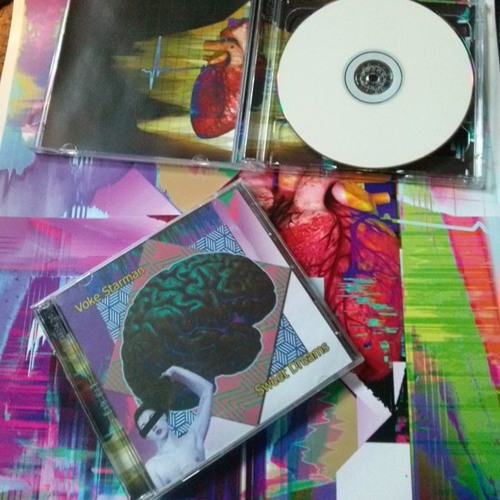



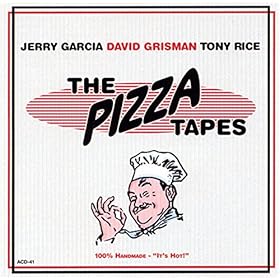

























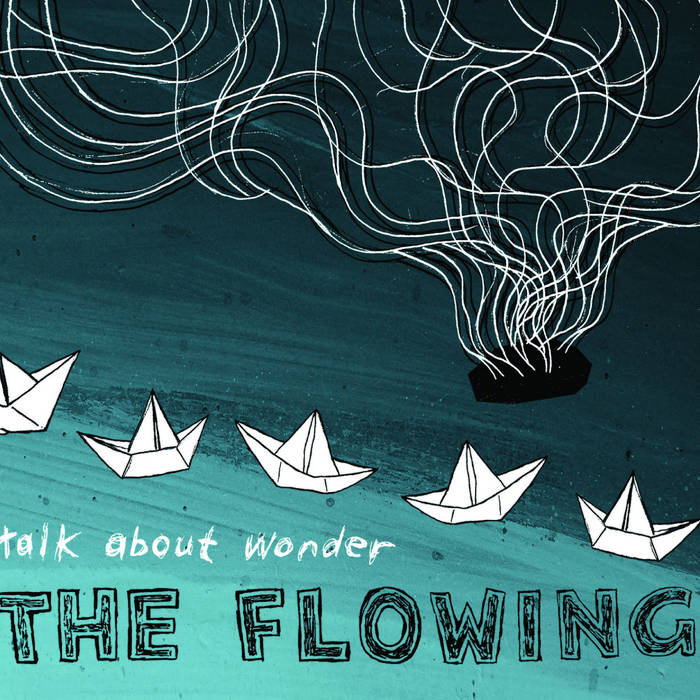












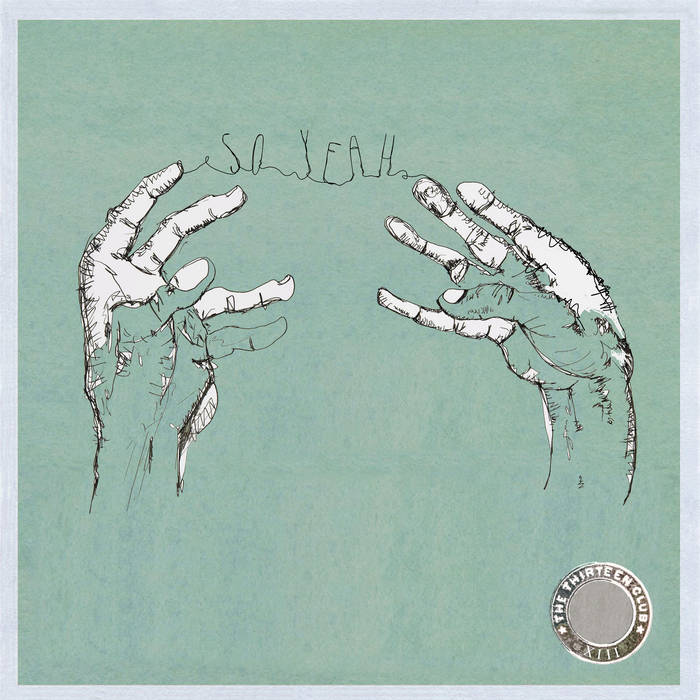







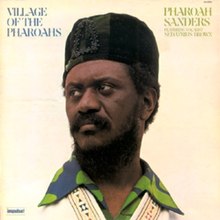











































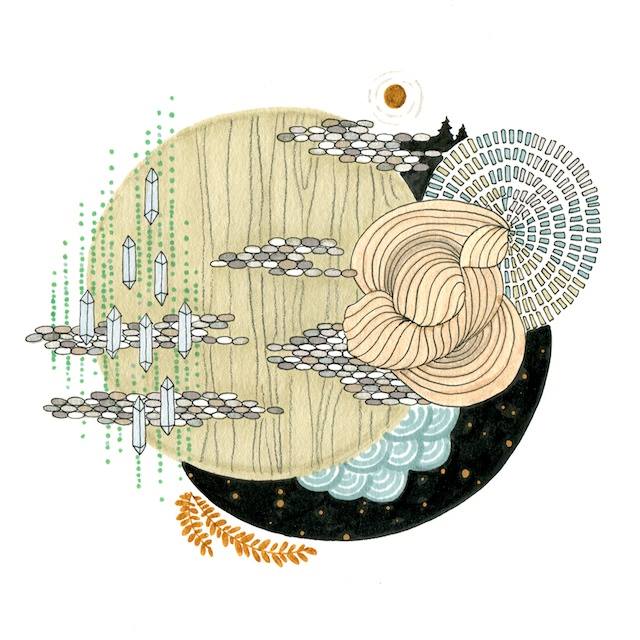





































































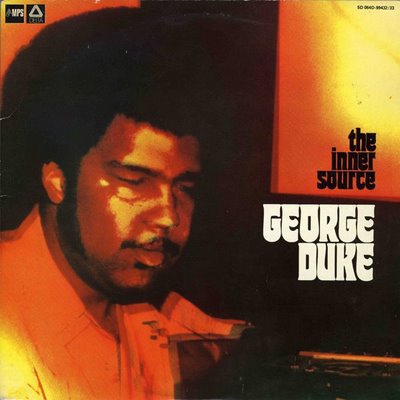












































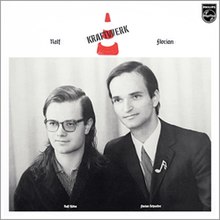


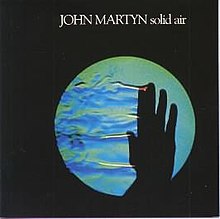



















































































































































































































































































































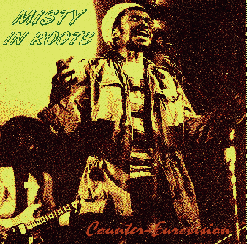





















































































































































































































































































































0 Comments:
Post a Comment
<< Home